
Ever felt like you’re moving through your leadership journey with one foot on the gas and the other on the brake? I’ve been there too. In my years transitioning from corporate leadership to holistic practitioner, I’ve witnessed firsthand how outdated performance management systems can create this exact tension—limiting the potential of both leaders and their teams.
The days of the annual performance review—that anxiety-inducing meeting where feedback accumulates like snow on a Canadian rooftop—are rapidly melting away. In its place, a new landscape of continuous, authentic dialogue is emerging that’s transforming how we develop talent, build trust, and drive results in our organizations.
The Problem With Traditional Performance Management
Let me paint a familiar picture. The calendar notification appears—annual performance review in two weeks. Suddenly, managers scramble to recall a year’s worth of employee achievements and missteps. Team members experience that knot in their stomach, wondering what surprises await. And HR teams prepare for the administrative marathon that follows.
Does this sound like an environment where growth thrives? Where innovation flourishes? Where people feel truly seen and valued?
My journey from corporate leadership to holistic coaching has taught me that traditional performance management often creates more barriers than bridges. It’s like trying to navigate with an outdated map—you might eventually reach your destination, but you’ll miss all the newly developed paths that could have made the journey more efficient and enjoyable.
Why Modern Feedback Culture Matters Now
In 2025, the Canadian business landscape has fundamentally shifted. Remote and hybrid work arrangements have become standard practice. Five generations collaborate side by side. And the competition for talent remains fierce despite economic fluctuations.
These realities demand leadership approaches that are more human, more responsive, and more aligned with how people actually grow and develop. That’s where modern feedback culture enters the picture.
I bring over 20 years of diverse experience to this conversation, and I’ve observed how organizations that embrace continuous feedback consistently outperform those clinging to outdated models. They experience:
- Higher employee engagement and retention
- Faster skill development and adaptability
- More innovative problem-solving
- Stronger trust between team members and leadership
- Greater alignment between individual contributions and organizational goals
The Power of Simplicity in Feedback
However the research says, complexity is the enemy of execution. A 2024 global workplace study found that employees are 64% more likely to engage with growth plans and development initiatives when they’re presented in simple, clear formats that connect directly to their daily work.
“In leadership, clarity isn’t just kind—it’s transformative. When we replace complexity with simplicity in our feedback systems, we’re not dumbing down—we’re powering up. The most profound growth happens when people can clearly see their path forward.” — Nimir Raval
I’ve seen this principle at work in Canadian tech startups and century-old institutions alike. When leaders strip away jargon, eliminate unnecessary steps, and focus on core messages, employee adoption of feedback skyrockets. This isn’t about oversimplification—it’s about intentional clarity that respects people’s time and cognitive bandwidth.
One healthcare leader I worked with reduced her team’s 12-page performance development document to a single-page framework focused on three questions: “What’s working well? What could be better? What support do you need?” The result? Completion rates jumped from 62% to 97%, and—more importantly—the quality and depth of conversastion improved dramatically.
The Four Pillars of Modern Feedback Culture
Through my work with professionals and organizations across Canada, I’ve identified four essential elements that form the foundation of effective feedback culture. Let’s explore each one.
1. Frequency Over Formality
The most impactful shift in modern performance management approaches is moving from infrequent, formal evaluations to regular, informal conversations. As a leader, this means creating multiple touchpoints throughout the year—weekly check-ins, monthly goal reviews, and quarterly development discussions.
I’ve coached leaders who initially resist this approach, concerned about the time investment. What they discover, however, is that frequent, shorter conversations actually save time by preventing small issues from becoming major problems. They also build a rhythm of communication that feels more natural and less performative.
2. Growth Mindset Over Fixed Evaluation
Traditional reviews often feel like a judgment of one’s worth rather than an opportunity for growth. Modern feedback culture reframes these conversations around development and possibility.
I remember working with a healthcare leader who transformed her team’s performance by shifting one simple aspect of her feedback approach. Instead of focusing exclusively on results, she began asking: “What did you learn from this experience?” and “What might you try differently next time?”
This subtle shift created psychological safety that allowed team members to acknowledge mistakes, experiment with new approaches, and ultimately deliver better patient care.
3. Multi-Directional Over Top-Down
The old model of feedback flowing exclusively from manager to employee is severly outdated. Today’s most effective Canadian businesses embrace feedback that moves in all directions—up, down, and across the organizational chart. In my coaching practice, I help leaders design feedback systems that gather insights from peers, direct reports, cross-functional partners, and even clients. This 360-degree perspective offers a more complete picture of performance and impact. The multicultural fabric of Canadian workplaces offers a beautiful metaphor for this approach. Just as our nation’s strength comes from diverse perspectives and contributions, so too does organizational excellence emerge from multidirectional dialogue.
4. Specific and Actionable Over General and Vague
Perhaps the most critical element of effective feedback is its utility. Vague praise (“good job”) or general criticism (“needs improvement”) offers little value for growth. Modern feedback culture emphasizes specific observations and actionable guidance.
I coach leaders to use the SBI model (Situation-Behavior-Impact) when delivering feedback:
- Situation: “During yesterday’s client presentation…”
- Behavior: “When you addressed the technical questions directly and acknowledged the limits of our current solution…”
- Impact: “The client visibly relaxed, and later mentioned how much they appreciated your honesty. It strengthened their trust in our partnership.”
This approach transforms feedback from subjective opinion to objective observation, making it far more likely to be received and applied.
5. Emotional Intelligence Over Technical Evaluation
The fifth pillar—and one often overlooked in performance management literature—is the role of emotional intelligence in feedback exchanges. Research from the Canadian Workplace Institute shows that feedback conversations led by emotionally intelligent managers result in 37% higher implementation rates of development plans. When leaders approach feedback with empathy, self-awareness, and social skill, they create an environment where difficult conversations become growth opportunities rather than confrontations. This doesn’t mean avoiding hard truths—rather, it means delivering them in ways that preserve dignity and inspire action.
One manufacturing leader I coached struggled with a team member’s consistent lateness. Instead of focusing solely on attendance metrics, she approached the conversation with curious empathy: “I’ve noticed you’ve been arriving late several times a week, and I’m concerned about the impact on the team and what might be happening for you. Can we talk about what’s going on?”
This approach—combining clear observation with genuine concern—led to discovering childcare challenges that could be addressed through a slight schedule adjustment. The performance issue was resolved, but more importantly, trust and loyalty deepened significantly.
Implementing Modern Feedback Culture: Your Roadmap
Whether you’re navigating career transitions in our evolving economy or seeking to enhance team performance amidst Canada’s competitive business landscape, implementing a modern feedback culture requires intentional effort. Here’s my roadmap for making this shift:
Step 1: Start With Self-Reflection
Before attempting to transform your team’s feedback culture, examine your own relationship with feedback. Do you genuinely welcome input from others? How do you typically respond to criticism? What beliefs about feedback were formed in your early career experiences?
I’ve found that leaders who model vulnerability and growth in response to feedback create psychological safety for their teams to do the same. This modeling begins with honest self-assessment.
Step 2: Establish Clear Expectations
For a new feedback approach to succeed, everyone must understand what’s changing and why. Communicate the purpose behind more frequent conversations. Establish guidelines for how feedback should be delivered and received. Create structures that support your new approach, such as dedicated time in team meetings for peer recognition.
In Canada’s diverse workplace environment, it’s particularly important to consider cultural differences in how feedback is given and received. Some team members may come from backgrounds where direct feedback is uncommon, while others may expect more explicit guidance.
Step 3: Develop Essential Skills
Effective feedback requires specific communication skills that many leaders haven’t formally developed. Invest in training around active listening, asking powerful questions, and delivering challenging feedback with empathy.
My coaching clients often discover that the quality of their questions directly impacts the quality of their feedback conversations. I guide them to move beyond yes/no queries toward questions that invite reflection: “What obstacles are you encountering?” or “How might this approach affect our other priorities?”
Step 4: Create Supportive Technology and Processes
While the human element remains primary in feedback culture, technology can significantly enhance your approach. Consider tools that make it easy to document conversations, track goals, recognize achievements, and gather insights from multiple stakeholders. Many Canadian organizations I work with have implemented simple digital solutions that prompt regular check-ins and provide templates for productive conversations. These tools reduce administrative burden while increasing consistency.
Step 5: Measure Impact and Adjust
As with any leadership initiative, what gets measured gets improved. Identify key indicators that will help you assess whether your new feedback approach is working. These might include:
- Employee engagement scores
- Speed of skill development
- Time to resolve performance issues
- Quality of collaboration across teams
- Retention of high performers
One retail client I worked with saw engagement scores increase by 22% within six months of implementing a more continuous feedback model—a powerful testament to the impact of this approach.
The Clear Path Forward: Simplifying for Success
As leaders, we often fall into the trap of adding complexity in an attempt to be comprehensive. Yet the research clearly demonstrates that employees engage most deeply with growth plans they can easily understand and incorporate into their daily work. This isn’t about dumbing down your approach—it’s about clarifying what truly matters. Think of it like winter driving conditions in Canada. When visibility is low, we don’t need more information; we need the right information presented clearly to help us navigate safely.
In my work with Canada’s most successful organizations, I’ve observed this principle in action. Those that replaced lengthy competency frameworks with focused growth conversations saw participation increase by 68% on average. More importantly, they reported higher quality development discussions and more consistent follow-through on action plans.
Remember: every additional form field, every extra process step, every unnecessary metric creates friction that diminishes engagement. The most effective feedback systems are those that feel effortless to use—where the focus remains on the conversation, not the paperwork.
The Leadership Imperative: Conversational Performance Management
The shift from traditional performance management to conversational leadership represents perhaps the most significant evolution in talent development practices in the past decade. This approach recognizes that performance isn’t something that happens once a year—it’s cultivated through thousands of interactions, both formal and informal. Canadian business leaders who excel in this area understand that conversational performance management isn’t simply about changing the schedule of feedback. It’s about transforming the fundamental dynamic between managers and team members from evaluation to partnership.
When leaders approach performance as an ongoing conversation rather than an occasional verdict, several things happen:
- Problems are identified and addressed when they’re small
- Successes are recognized and reinforced in real-time
- Development becomes continuous rather than episodic
- Trust deepens through regular, authentic exchange
- Organizational agility increases as feedback loops shorten
The conversational approach to performance management represents leadership at its most human and most effective—where influence flows from relationship rather than position, and where growth is cultivated through dialogue rather than decree.
The Deeper Meaning: Why This Matters Beyond Performance
My mission? To help you break free from what’s holding you back and step into a life of purpose and fulfillment. While modern feedback culture certainly drives better business results, its significance extends far beyond metrics and KPIs. At its core, this approach recognizes the fundamental human need to be seen, heard, and valued. When we create environments where authentic dialogue flourishes, we don’t just improve performance—we honor the dignity and potential of each person. In our Canadian community, with its rich diversity and strong values of connection, this approach to leadership aligns perfectly with who we are. It reflects our resilience and our commitment to supporting one another through both challenges and opportunities.
Ready to Transform Your Feedback Culture?
Whether you’re leading a team of five or five hundred, the shift toward modern feedback culture begins with a single conversation. I’m here to guide you through this journey, drawing on my unique perspective as both a former corporate leader and a holistic practitioner. Let’s Chat: Book a free consultation. It’s a chance to connect and see if we’re a good fit. No pressure, just good conversation about the specific challenges and opportunities you’re facing in building a more effective feedback culture.
Together, we’ll create a roadmap to transform how feedback fuels performance in your organization—step by step, conversation by conversation, until the new approach becomes as natural as our beloved Canadian landscapes.
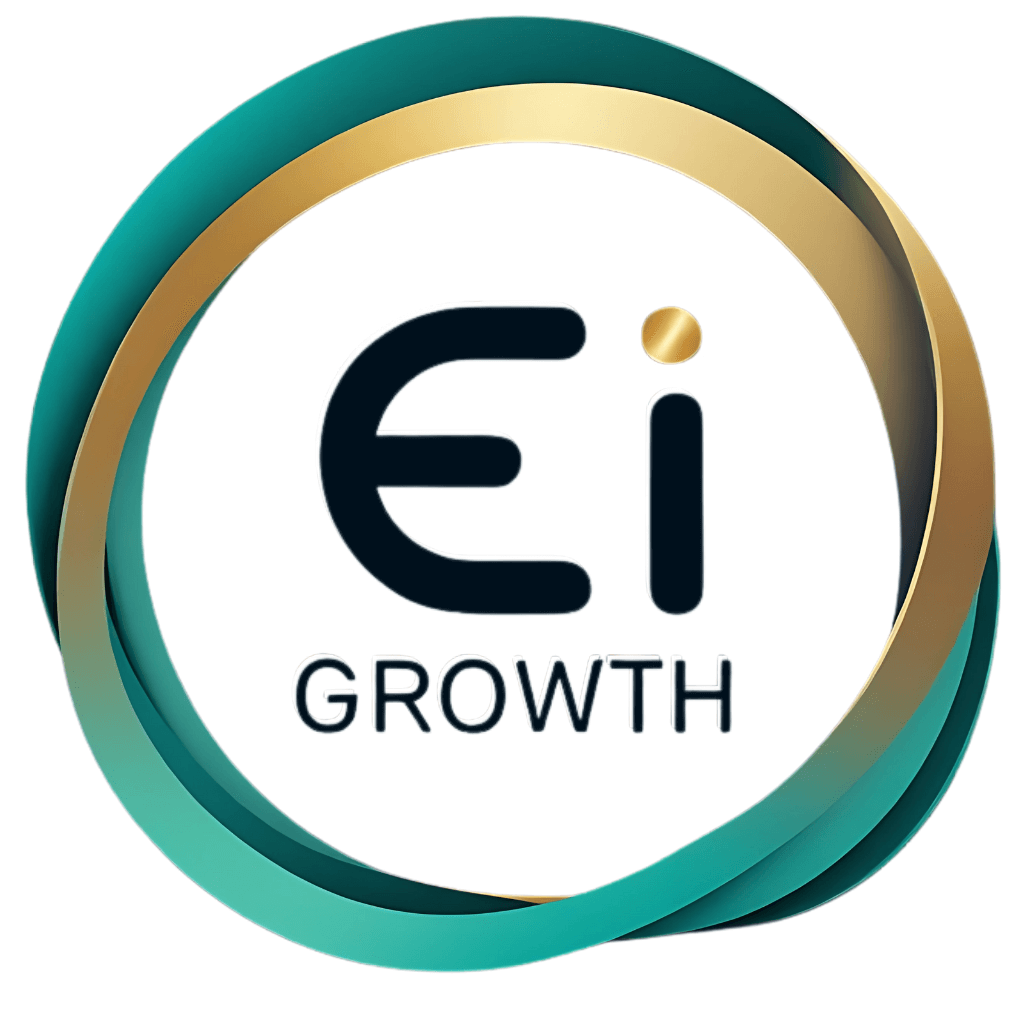











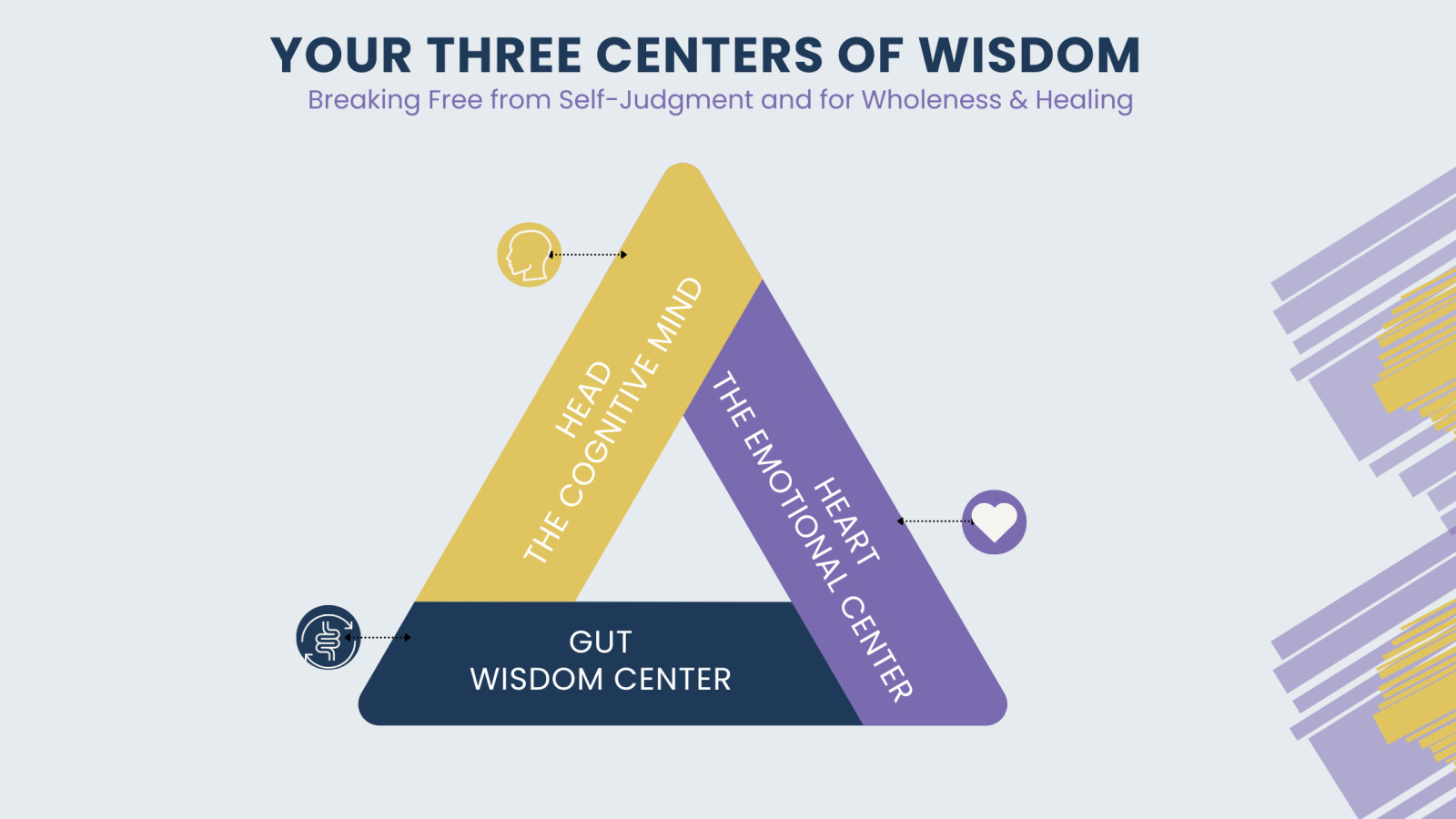


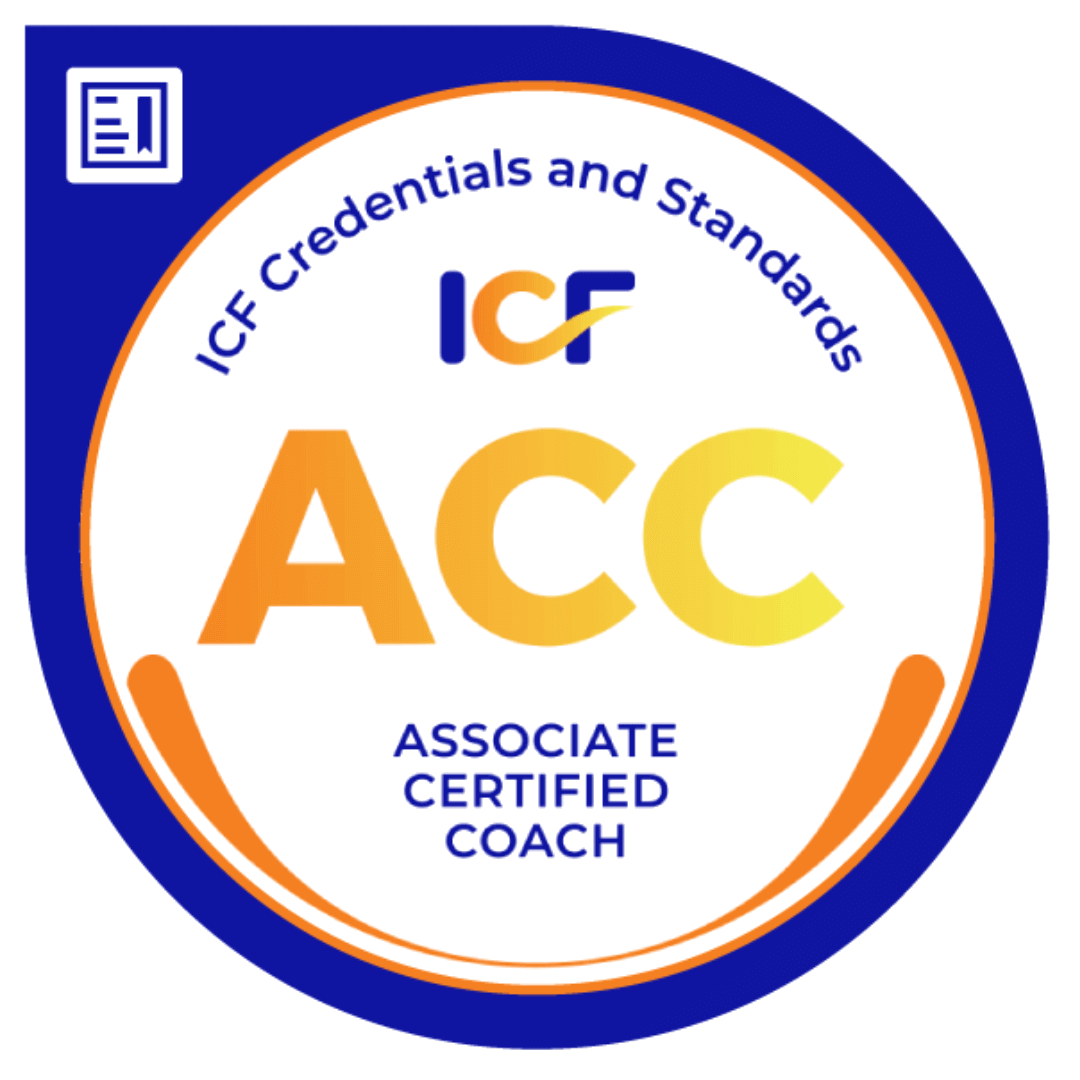
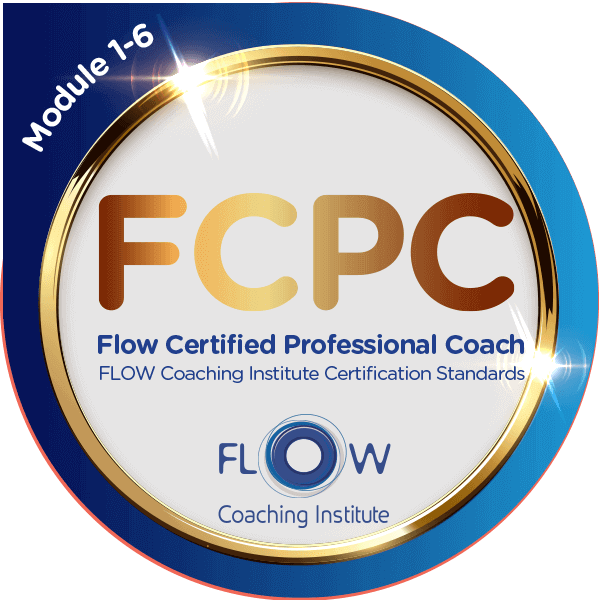
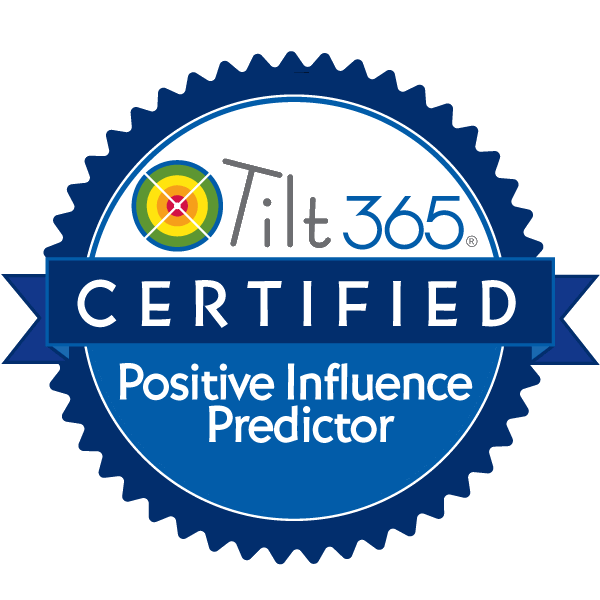
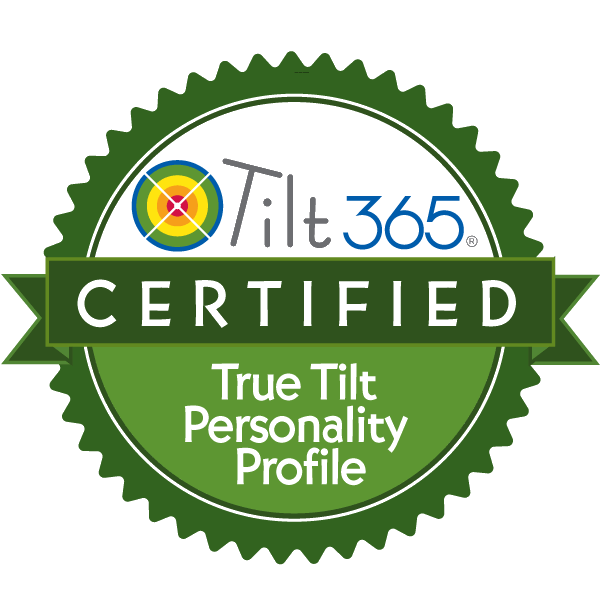
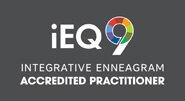
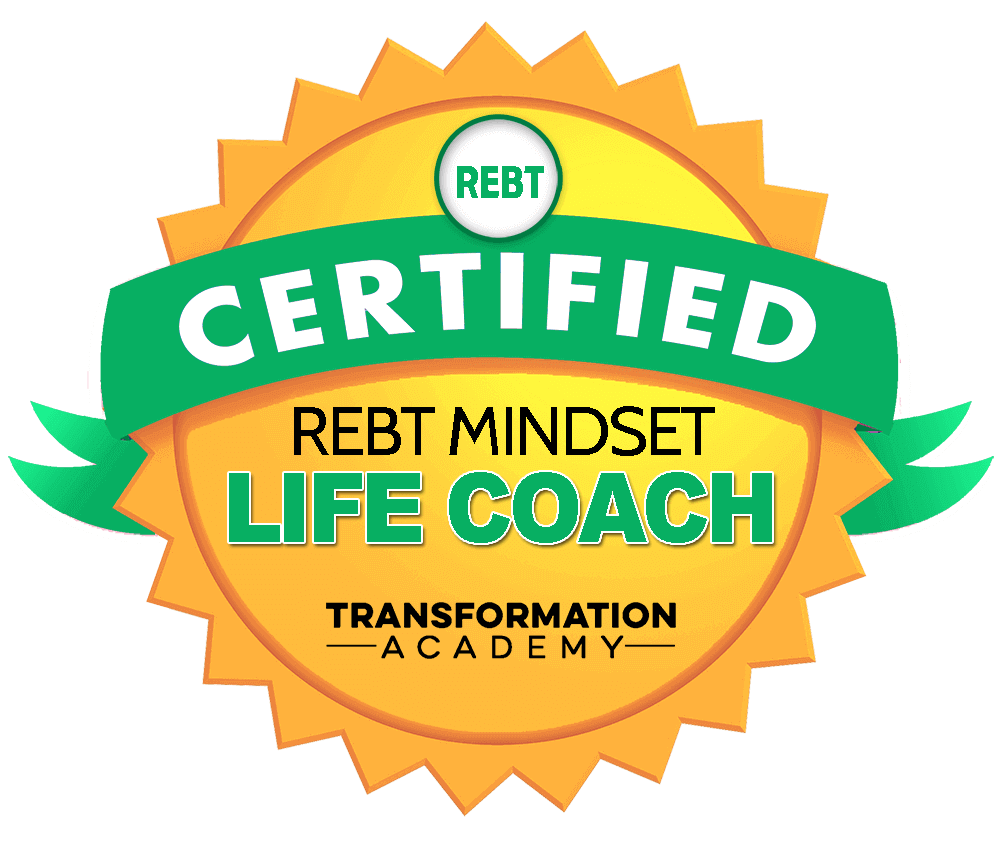

0 Comments